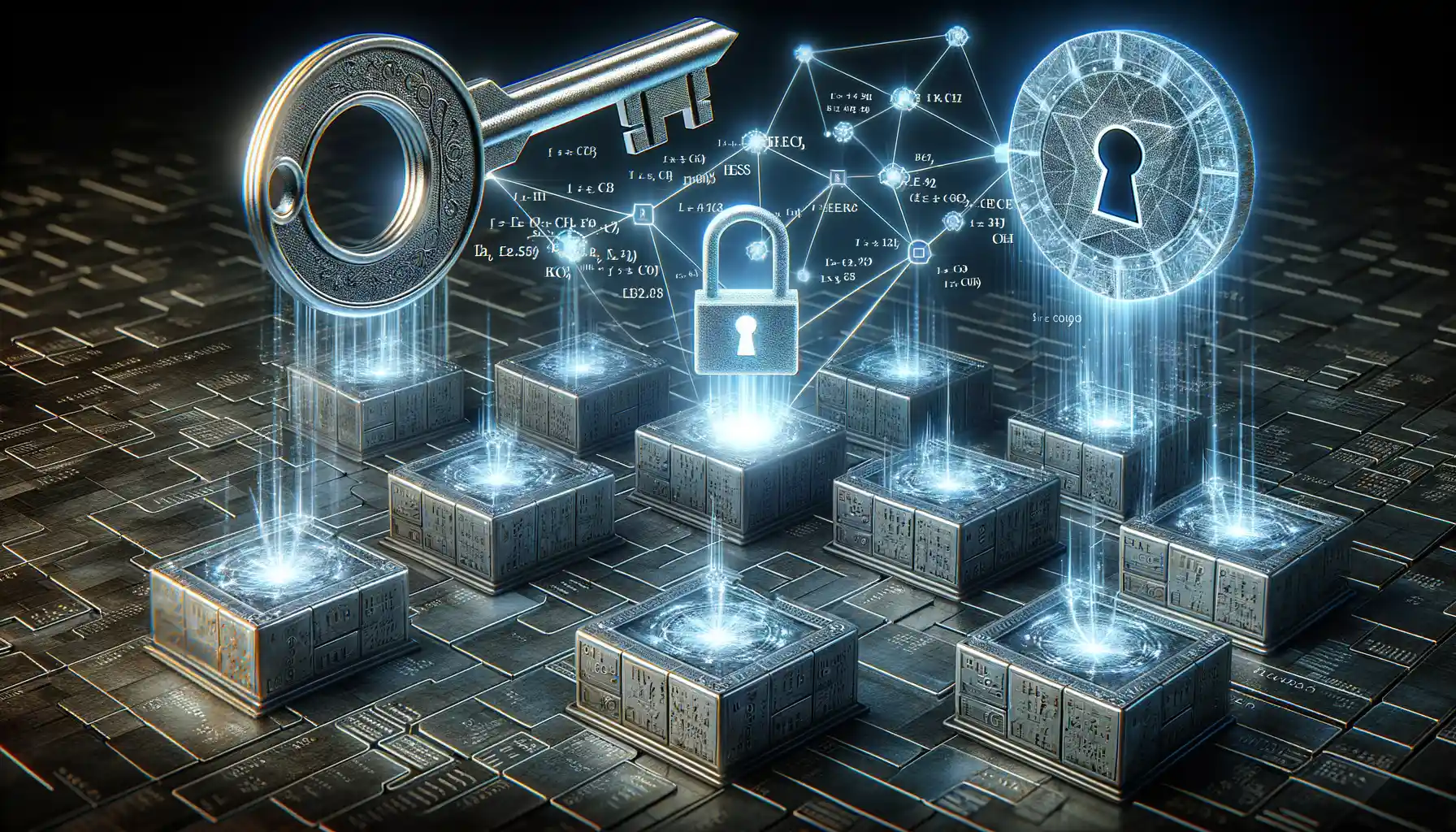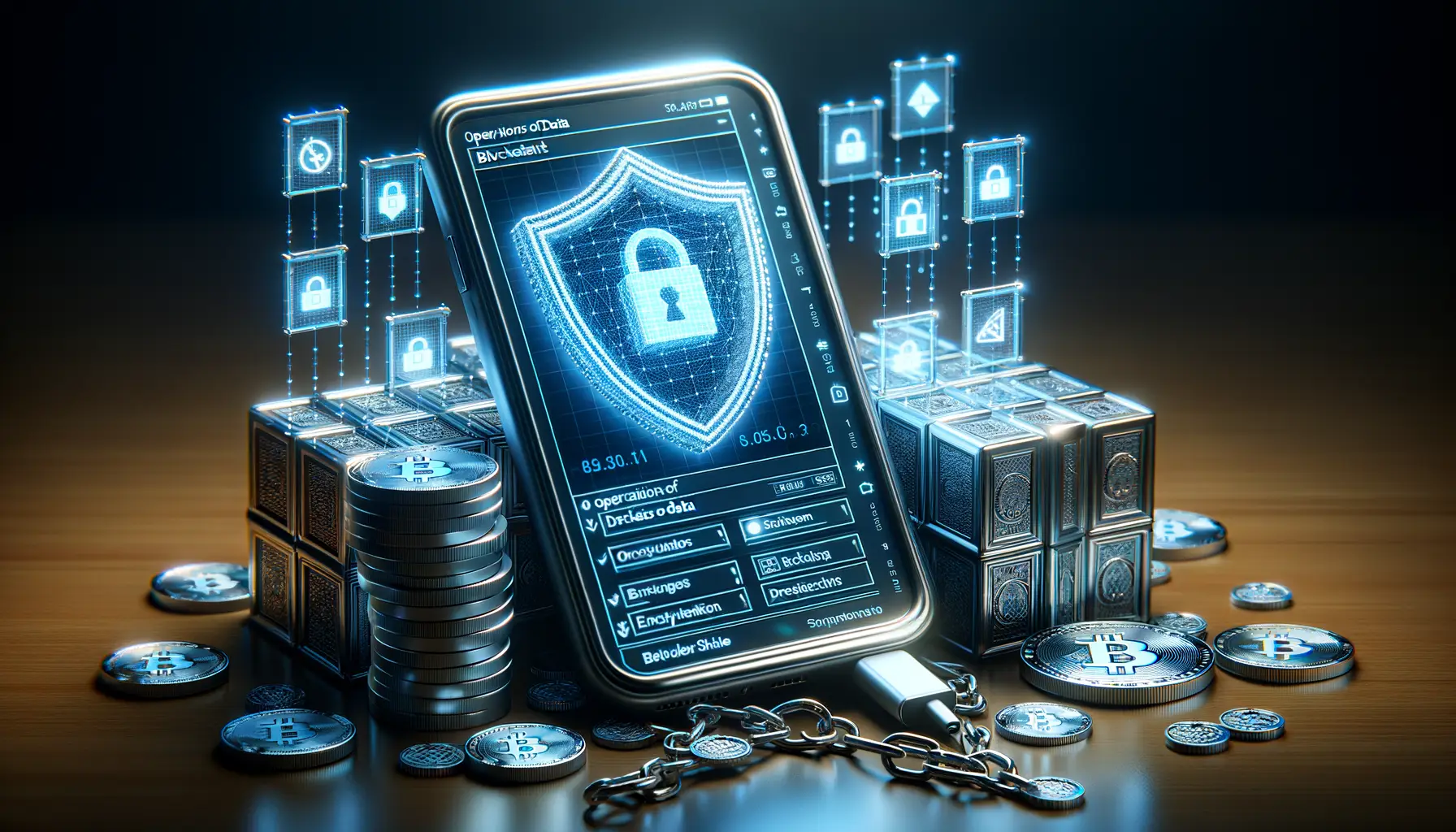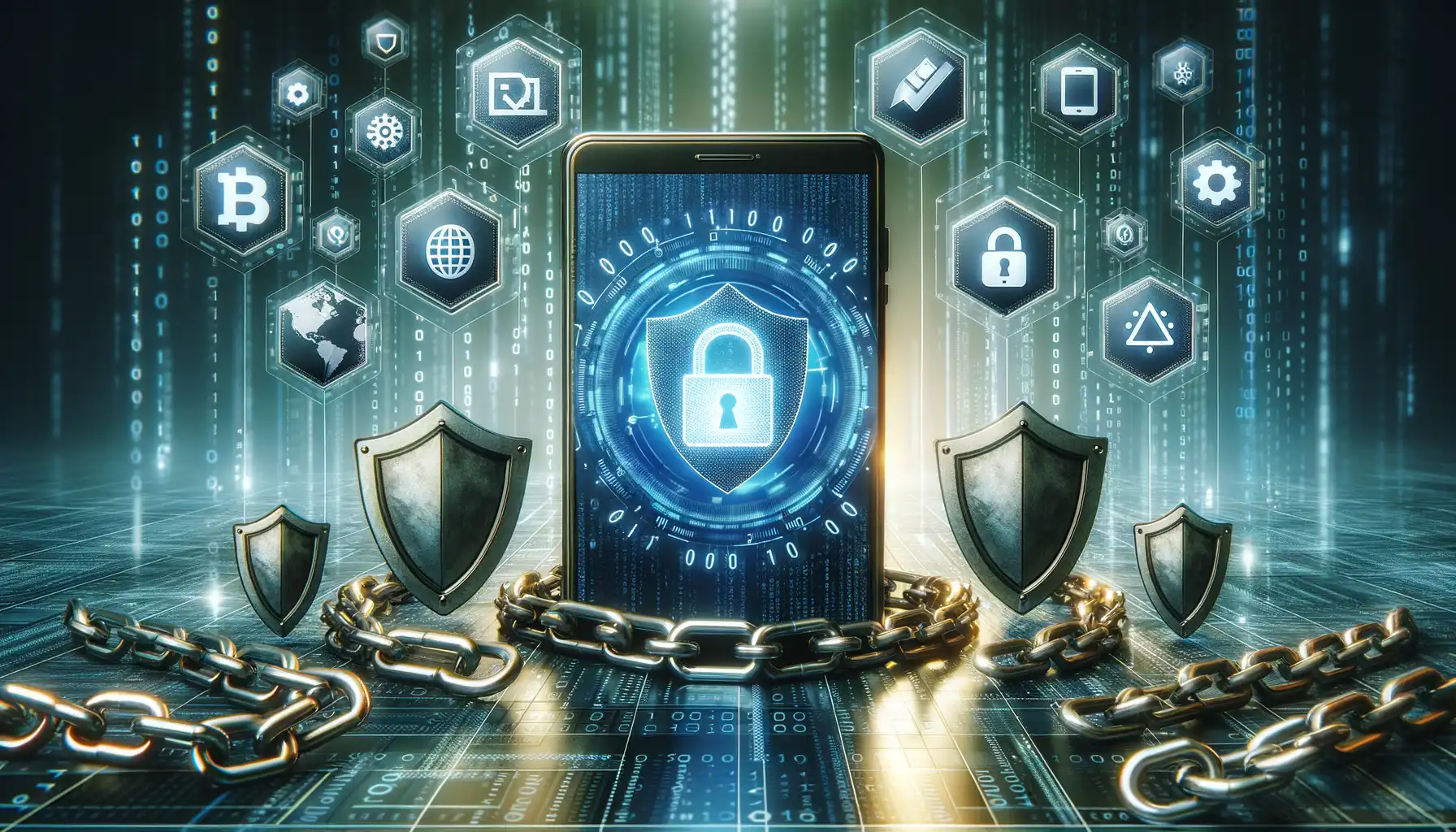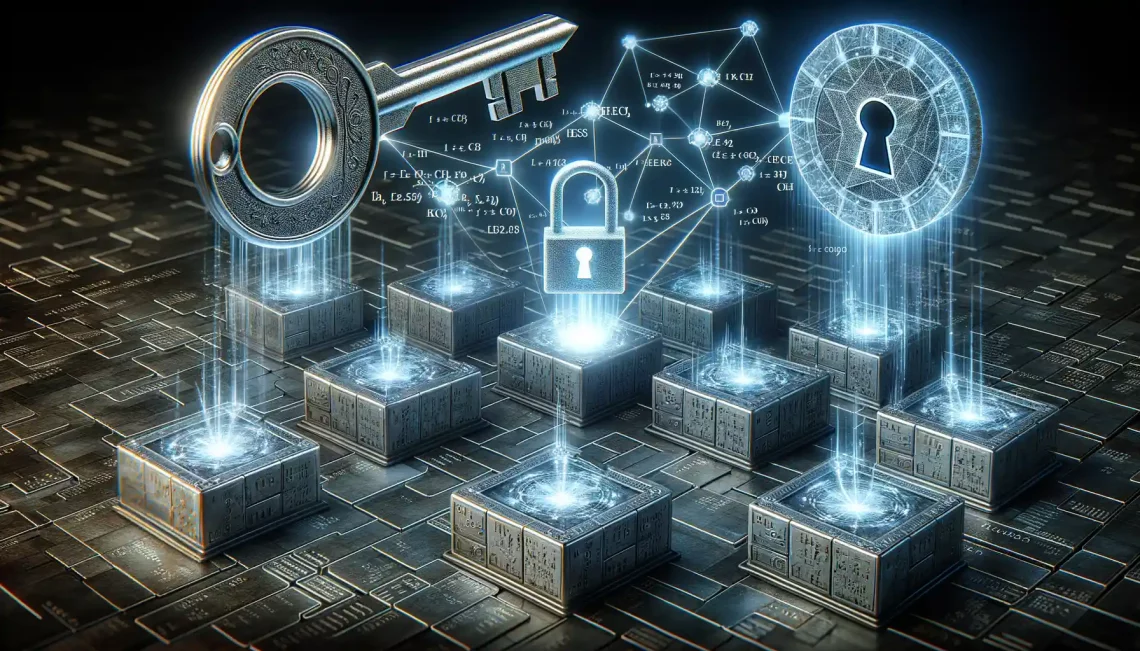Introduction to Blockchain and Mobile App Security
Picture this: your mobile app is like a bustling city, filled with sensitive user data, financial details, and personal information. Now, in the same way that a city relies on unbreakable vaults and an uncrackable code to protect its treasures, your app needs ironclad security. Enter blockchain—the digital locksmith rewriting the rules of mobile security.
What Makes Blockchain So Game-Changing for Apps?
At its heart, blockchain technology is a decentralized ledger system. Think of it as a chain of digital “blocks,” each one storing data. But here’s the catch—they’re connected, immutable, and guarded by cryptographic locks. No single entity has full control, which means there’s no inviting target for hackers. That’s revolutionary for mobile apps!
Now, let’s spice things up with numbers. Every app download feels like unlocking a front door. Without blockchain? That key could be duplicated or stolen. With blockchain, your app’s “doors” are guarded by:
- Smart Contracts: Automated rules ensuring data integrity.
- Transparent Transactions: Every action logged and verified.
- Decentralized Networks: No weak central server to attack.
The result? A fortress-like security framework that doesn’t just secure—it empowers.
Key Blockchain Features Enhancing Security

The Magic of Decentralization
Imagine your mobile app’s security as a treasure chest. Now, picture that chest not sitting in just one place but scattered in pieces across thousands of vaults worldwide. That’s what blockchain’s decentralized structure does. Unlike traditional systems where data is stored in a single database, blockchain distributes it across a network of nodes. This makes it nearly impossible for hackers to break into the “vault” because they’d need to breach every single node simultaneously. Think of it as trying to steal the stars—good luck coordinating that heist!
- No central point of failure means no single attack can cripple the system.
- It’s like building an army of digital guardians for your app’s data.
Immutability: The Unbreakable Seal
Here’s another superpower: blockchain creates an unalterable trail of digital breadcrumbs. When data is added to a blockchain, it’s locked in with a cryptographic seal so strong, even Houdini wouldn’t escape it. No edits, no backdoors, no tampering. Say, for instance, someone tries to modify a transaction or user record—it would trigger alarms across the entire blockchain.
This isn’t just high-tech wizardry; it’s peace of mind. Your app’s sensitive transactions, user credentials, or payment data are safe from prying hands. Blockchain ensures that once something is recorded, it stays that way—set in digital stone.
Impact of Blockchain on Mobile Data Protection

Reimagining Data Defense Through Blockchain
Mobile data protection has always felt like a tightrope walk—balancing accessibility with airtight security. But here’s the game-changer: blockchain technology. Imagine a fortress where every brick is unbreakable and self-aware. That’s blockchain for your data.
Instead of relying on one central point (which hackers happily target), blockchain spreads your data like stars in a constellation. Each “star” or block encrypts your information, ties it to the next, and ensures no tampering without the entire system knowing. It’s like giving hackers a locked puzzle where the keys constantly change.
Why Mobile Users Should Care
Your mobile devices are treasure troves of sensitive data—photos, conversations, financial details. Blockchain doesn’t just protect; it transforms protection. Picture this:
- Decentralized authentication: Forget static passwords! Instead, dynamic keys on the blockchain verify users securely.
- Immutable records: Whether it’s an app login or transaction, blockchain ensures it can’t be secretly altered or erased.
- End-to-end encryption: No middleman means fewer cracks for cybercriminals to worm through.
With blockchain, your data isn’t just safe—it’s untouchably fortified. Isn’t that the peace of mind we’ve all been craving?
Applications of Blockchain in Mobile App Development

Revolutionizing Transactions and User Identity
Blockchain is like the superhero your mobile apps didn’t know they needed. Why? Let’s start with payments. If you’ve ever been frustrated by slow in-app payments or hefty transaction fees, blockchain swoops in as a game-changer. With its decentralization, it enables lightning-fast microtransactions—think buying those extra lives in a game instantly—with no middleman taking a cut. And the security? Oh, it’s airtight. Every transaction is verified, logged, and tamper-proof. Fraud has no room to breathe.
But wait, there’s more! User identity management is another area where blockchain shines. Picture this: instead of juggling countless passwords across apps, you have a single, completely secure blockchain-based digital identity. By using cryptographic keys, blockchain ensures that *only you* hold the key to your data—good luck to hackers trying to breach that fortress.
Taming Supply Chains and App Transparency
If your mobile app deals with supply chains—like food delivery or e-commerce—blockchain delivers unparalleled transparency. It tracks every step, from production to doorstep delivery, making fraud or lost items nearly impossible. Developers can also use *smart contracts*, self-executing agreements, to automate processes within apps. No more manual errors or waiting for approvals.
- Gaming apps: Reward systems powered by tokens are tamper-proof and transferable.
- Healthcare apps: Medical records become securely shareable only with authorized parties.
- Real estate apps: Users can verify property ownership through blockchain!
The possibilities are downright thrilling—and we’re just scratching the surface!
Future Trends and Challenges of Blockchain in Mobile Security

Emerging Innovations Shaping Blockchain in Mobile Security
The world of blockchain and mobile security is like a constantly turning kaleidoscope—always changing, always surprising. One minute, decentralized identity systems are all the rage; the next, everyone’s buzzing about quantum-resistant blockchains. Imagine your mobile apps safeguarded by an unhackable digital identity that you control entirely. That’s where blockchain-based decentralized identities (DIDs) come into the spotlight, replacing clunky logins with secure, user-owned credentials.
Another game-changer? Smart contract automation. These self-executing agreements could soon monitor app permissions or limit data access with precision. Picture this: an app that locks down access to sensitive files unless pre-defined rules—like time limits or user location—are met. With blockchain, such futuristic scenarios are well within reach!
- Zero-knowledge proofs, which let users verify info without sharing it, are gaining traction for privacy-first authentication.
- The rise of interoperable blockchains could streamline security across multiple mobile apps and platforms.
Challenges Waiting to Unravel
As exciting as this sounds, the road ahead isn’t paved with gold. Widespread adoption faces hurdles like scalability issues, high energy consumption, and the complexity of integrating blockchain into existing mobile frameworks. Plus, let’s not forget the looming specter of regulation—countries are scrambling to make sense of these decentralized systems. Balancing innovation with compliance? That’s no easy feat.
And here’s the kicker: hacking threats evolve too. As blockchain grows stronger, so do the attackers trying to exploit vulnerabilities in smart contracts or consensus algorithms. The tech of tomorrow demands not just innovation but razor-sharp vigilance.






